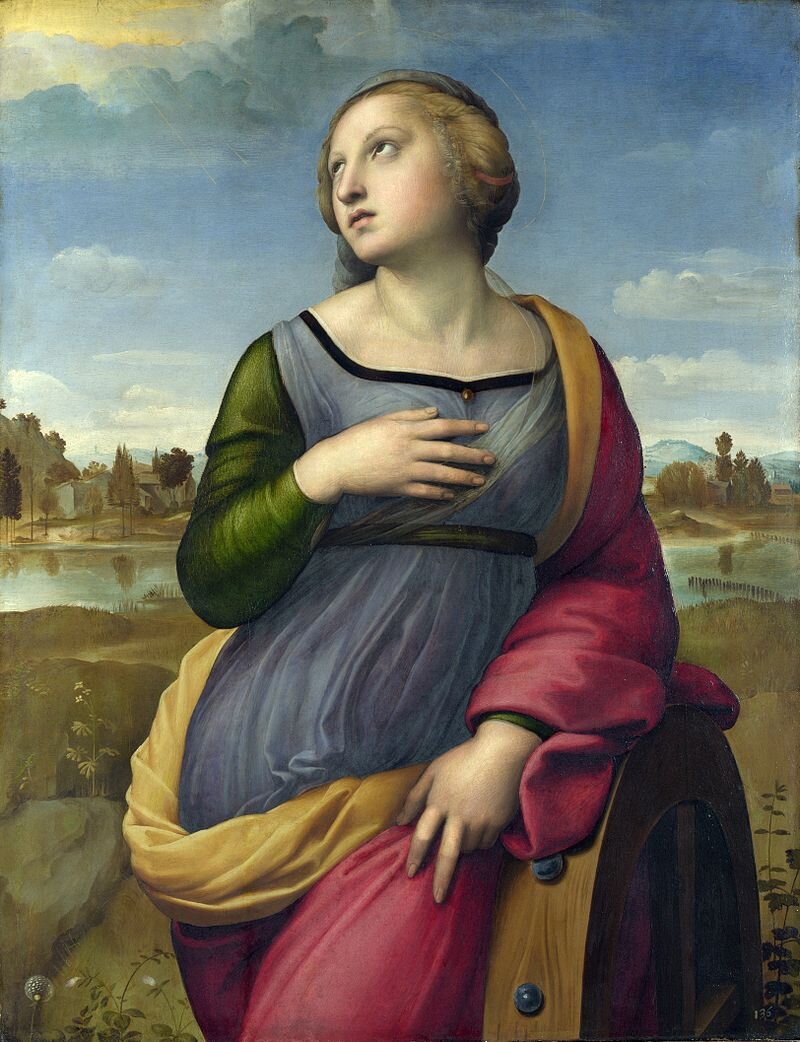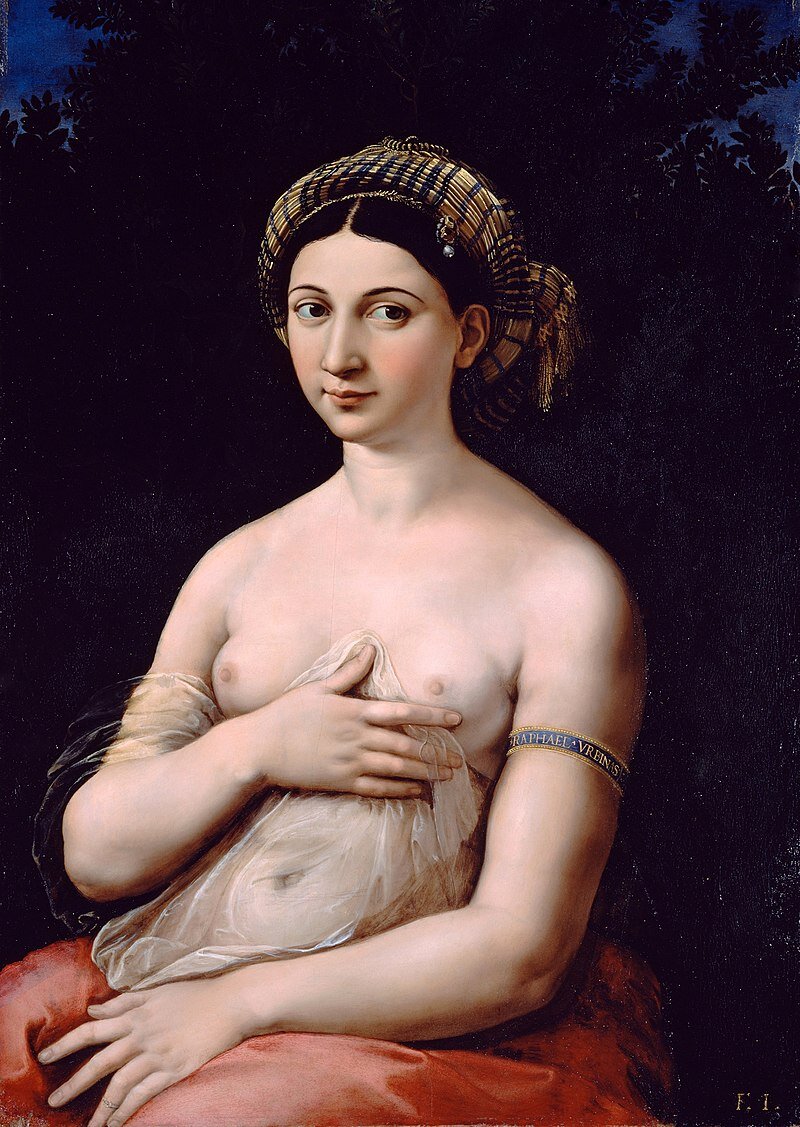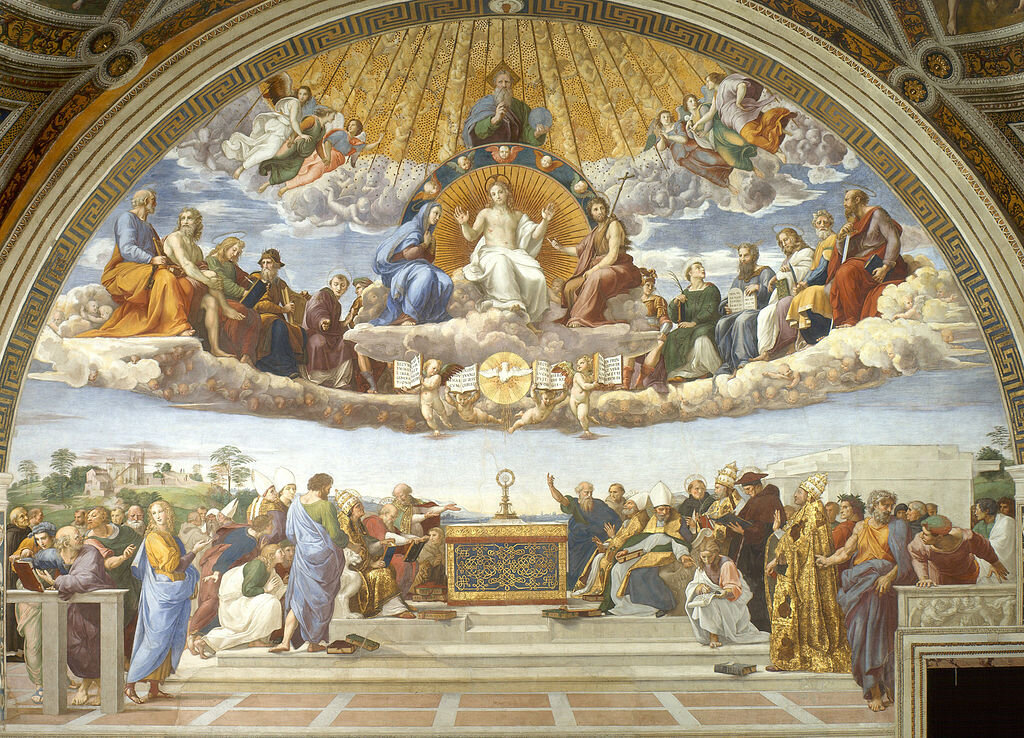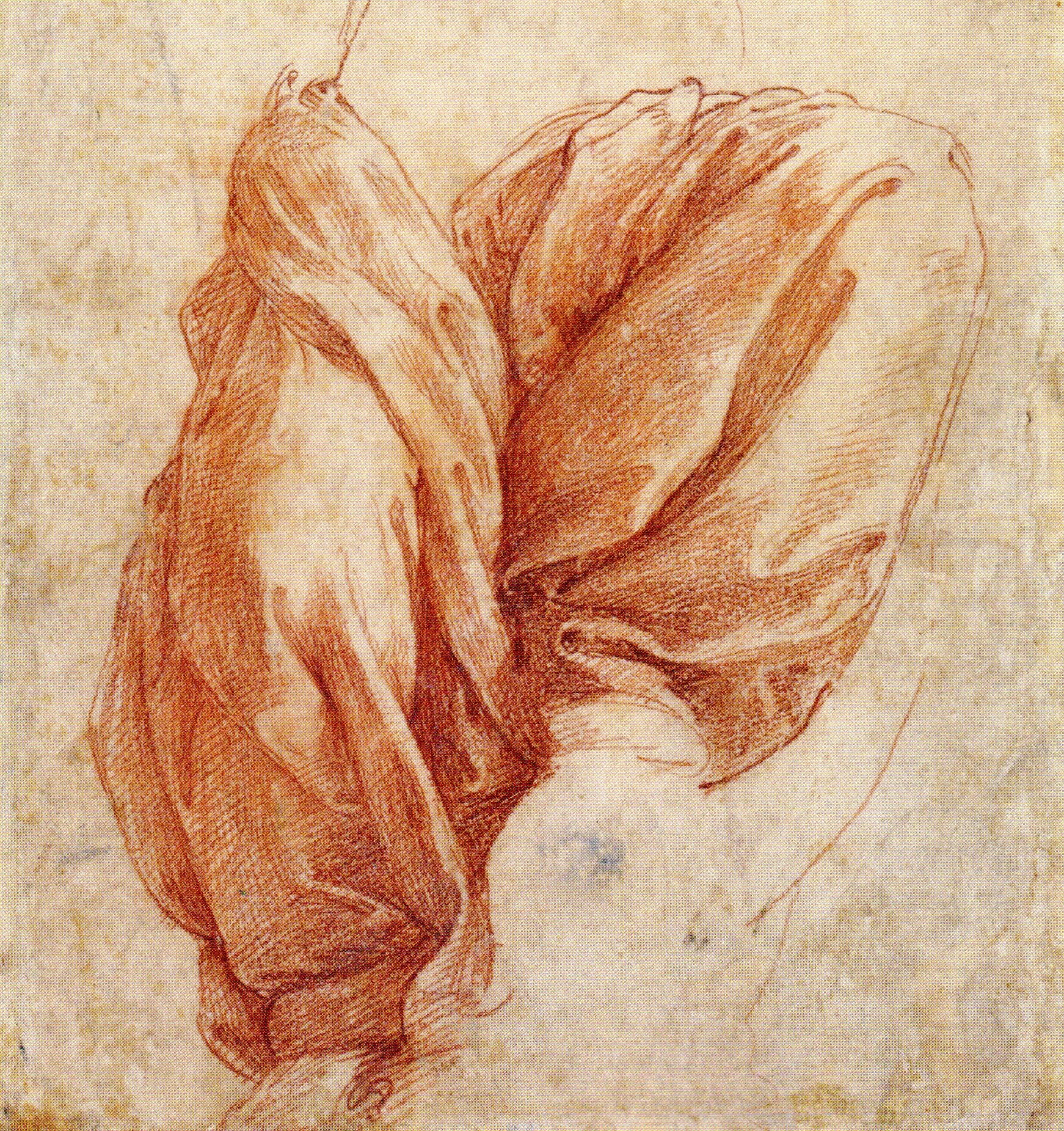Ashmolean Museum, Oxford
Six weeks into publication of my new historical novel, Raphael, Painter in Rome (#AmazonAssociate) this is ALREADY the question I am getting the most: Did Raphael really show symptoms of what we might diagnose today as Obsessive Compulsive Disorder? So, I wanted to take a moment to lay out my opinion and research on this matter.
First, obviously, Obsessive Compulsive Disorder was not a thing during the Renaissance. It was first named as such in the 20th century.
However, there ARE records of obsessive behavior in the Middle Ages and Renaissance (Read more from Stanford or OCDUK). Yes, even the counting has historical basis — think of a flagellant counting whips OR a devotee counting rosary beads. In those days, obsessive behaviors — often associated called “melancholy” — tended to be associated with extreme religious devotion, a way for believers to cope with their fears of being damned from sin, struggles of conscience, and guilt.
If you’ve read my Raphael novel, then you will know that the artist had a good reason to be overcome with guilt: his parents both died when he was young (his mother when he was about 8; his father when he was 11), and many orphans live with a profound sense of abandonment and guilt — what could THEY have done to save their parents? What did THEY do to deserve it? What can THEY do to prevent another catastrophe from happening again…?
So, when I started working on the character of Raphael, I started from that place of guilt and abandonment, that place of fear and desperate need for control.
AND I started with his paintings. They are OBSESSIVELY refined: perfect perspective, perfect color, perfect harmony, perfect balance, perfect brushstrokes… Everything is perfect perfect perfect.
I KNOW that kind of desperate perfection. I’ve experienced it at times in my own life, and I’ve lived with people who have suffered from it. No one could be THAT perfect in their work without some of that desperate perfection bleeding over into their regular life…
And then there are his drawings. He made THOUSANDS of preparatory sketches for his work, obsessing over every line, turn of a hand, fold in a drapery… Wade into Raphael’s drawings and you, too, will no doubt come away with a feeling of knowing what it is to be obsessed with details…
All of this — Raphael being orphaned, his guilt, his fear, his “perfectly courtly” behavior, his obsessive drawing, his meticulous paintings, the descriptions of him being very careful with his personal appearance — all point toward him suffering from what they would’ve called “melancholy” in his day.
However, even though Raphael painted countless religious images during his lifetime, I have not found anything in his PERSONAL biography to suggest that he was an extreme religious fanatic. He wasn’t a vocal follower of the doomsday Florentine friar Savonarola or other extremists. And he was held up as the ideal courtier by the likes of Baldassare Castiglione (Amazon Associate link); an ideal courtier is hardly the kind of guy to be an ascetic or to whip himself in a ritualistic religious self-punishment. He famously indulged in food, wealthy society, and sex (our first art historian, Vasari, tells us that he died after a particularly long and exhausting bout of love-making). Again, hardly a religious fanatic.
So, I took some of the behaviors of “melancholy” and divorced them from religious extremism. Yes, perhaps by doing this I dragged Raphael’s behavior into modernity… but as I said in my Author’s Note at the end of the book, Raphael is one of the most modern artists of his day, so I embrace his modern tone and tendencies because they serve to underscore how modern he was in his own times.
I strongly believe that if he had been alive today, he would’ve been classified as OCD. Indeed, the more I slipped into the skin of Raphael, the MORE OCD-like symptoms I found; I find them to be key to understanding his humanity. They are his expression of guilt, fear, and desperation to control the world around him. I also found those behaviors to be his prayer, in a way, his own way of bargaining: “if I get THIS right — these steps, this ritual, this painting — then I will make up for whatever I did wrong to be orphaned when I was a kid…”
No one diagnosed Raphael with “melancholy” during his lifetime, but I see signs of it everywhere in his drawings, his paintings, the stories about him told by contemporaries. And I hope that by bringing that part of Raphael to life in the pages of my novel that I may encourage some psychologist or historian to look a little closer at Raphael and find the cracked, hurting, desperate human underneath all that perfect paint.








